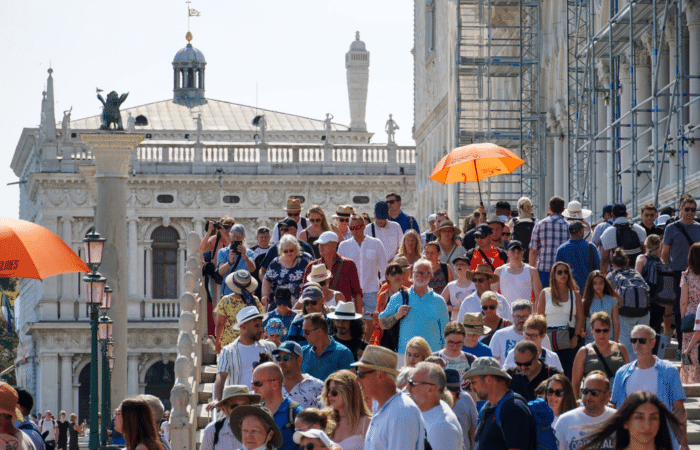ISTAT recently published the report «Viaggi e Vacanze in Italia e all’estero», which highlights the results on incoming and outgoing tourism. In 2022, tourism by residents is clearly recovering. Trips with overnight stays were 54.8 million (+31.6% YoY), however they are still 23% lower than in 2019. Overnight stays or overnight stays exceed 2021 by 23.3%, reaching 347 million, but there is a 15% gap compared to those observed in 2019. Travel abroad, no longer hampered by restrictions on international mobility, increased by 143%, with 48 million more nights, however, this category also lags behind compared to pre-pandemic data, recording a -36.4% compared to 2019. Domestic travel does not even exceed the data of 2019, but they record a +18.3% compared to 2021, recovering 17.6 million nights.
Holidays exceed 51 million, increasing by 32% on 2021 and are 93% of the total (almost 96% of nights). Holidays of 4 or more nights account for 55% of trips and about 83% of nights, rising to 30.1 million, registering +23.2% on 2021 and +20.5% in terms of nights , the first figure attributable to pre-pandemic levels. On the other hand, short holidays recorded a -26% compared to 2019, even if they reported a +47% of trips and +56% of nights compared to 2021. The gap between the nights spent on holidays in 2022 and 2019 drops to 49 .4 million (-12.9%). Business trips show no signs of recovery, in fact they are only 6.9% (3.8 million), thus remaining stable compared to 2021 levels. The summer quarter remains almost stable compared to 2021, recovering holidays by 9% long. This is the quarter that consolidates the recovery of travel at the levels of 2019. Holidays in Italian cities recover almost completely (-6.7% on 2019). The main type of holidays is confirmed as sun & beach (52.5% of holidays), abroad for the second consecutive year. The preferred means of getting around remains the car (63.7% of journeys), but its incidence decreases compared to the previous two-year period (it was 69.8% in 2021, 73.9% in 2020) for all types of travel, albeit higher than in 2019 (56.5%).





